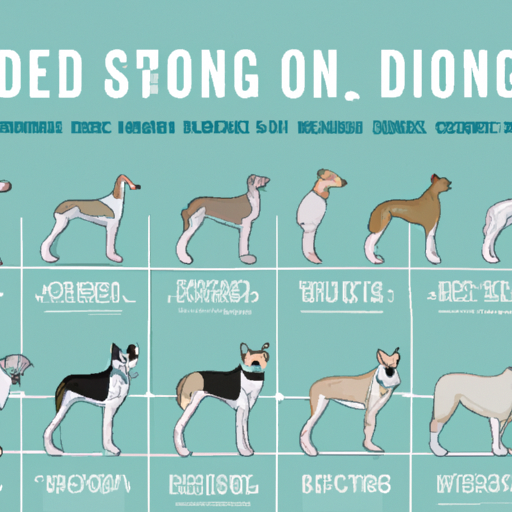Introduction
You’re probably wondering, “how long are dogs?” This question may seem straightforward, but it’s actually more complex than you might realize. The length of a dog can refer to various factors such as their lifespan, their physical size, or the duration of their various life stages. In this comprehensive guide, we’ll explore all these aspects in depth, providing you with all the information you need to better understand and care for your furry friend.
Lifespan of Dogs
The lifespan of dogs varies greatly depending on their breed, size, and overall health. Generally, smaller dogs tend to live longer than larger breeds.
- Small Breeds: Small breeds like Chihuahuas and Dachshunds generally live between 10-15 years.
- Medium Breeds: Medium breeds like Beagles and American Eskimo Dogs have an average lifespan of 10-13 years.
- Large Breeds: Large breeds like Great Danes and Saint Bernards typically live between 7-10 years.
| Size | Average Lifespan |
|---|---|
| Small | 10-15 years |
| Medium | 10-13 years |
| Large | 7-10 years |
Physical Size of Dogs
The physical length of dogs is also heavily influenced by their breed and size category. Typically, a dog’s length is measured from the base of the tail to the tip of the snout.
- Small Breeds: Small breeds are typically 9-13 inches long.
- Medium Breeds: Medium breeds tend to be between 18-22 inches long.
- Large Breeds: Large breeds can be anywhere from 25-32 inches long.
Stages of a Dog’s Life
Like humans, dogs go through various stages of life, each with its own unique set of challenges and milestones.
- Puppy Stage (0-1 Year): This is the stage where your pup will do most of their growing, and it’s also the best time for them to learn new things.
- Adolescent Stage (1-3 Years): During this stage, your dog will reach their full size and their personality will start to shine through.
- Adult Stage (3-6 Years): This is when your dog is in their prime, full of energy and vitality.
- Senior Stage (7+ Years): In their golden years, dogs may slow down a bit and require extra care and attention.
Caring for Your Dog at Different Life Stages
As a caregiver, it’s essential to understand how to care for your dog at each stage of their life. This includes knowing the right type of food, the amount of exercise they need, and when to take them for regular vet checkups.
Puppy Stage: Puppies need a diet high in protein to support their rapid growth. They also require lots of playtime and socialization.
Adolescent Stage: Continue with a balanced diet and regular exercise. This is also a crucial time for training and behavior correction.
Adult Stage: Maintain a healthy diet and regular exercise. Regular vet visits are important to catch any potential health issues early.
Senior Stage: Senior dogs may require a diet lower in calories but higher in fiber. More frequent vet visits may be necessary to monitor their health.
FAQ
1. What is the average lifespan of a dog?
The average lifespan of a dog can vary greatly depending on their breed and size, but typically, dogs live between 10-13 years.
2. How can I help my dog live longer?
Providing a balanced diet, ensuring regular exercise, and taking your dog for regular vet checkups can all contribute to a longer, healthier life.
3. How is a dog’s length measured?
A dog’s physical length is typically measured from the base of the tail to the tip of the snout.
4. How should I care for my dog as they age?
As your dog ages, they may require a different diet, more frequent vet visits, and may need more rest than they did in their younger years.
In conclusion, the length of dogs can refer to their lifespan, physical size, and the duration of their life stages. Understanding these aspects can help you provide the best possible care for your furry friend throughout their life.



